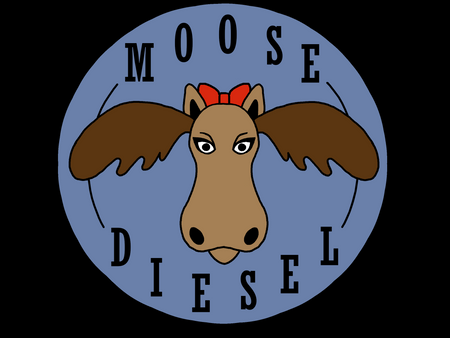
Notes on timing and performance
Maintaining a diesel engine often revolves around routine repairs and replacing fuel system components based on mileage and age. However, one crucial—yet frequently overlooked—aspect of injector and injection pump upkeep is ensuring accurate diesel injection timing.
🔧 Modern vs. Traditional Systems Modern common rail diesel engines benefit from computer-controlled systems that adjust injection timing dynamically throughout their lifespan. By contrast, traditional pump-line-nozzle (PLN) systems depend entirely on mechanical timing. In these engines, start-of-injection is determined by the relationship between piston position during the compression stroke and the precise moment fuel begins flowing through the injector. Timing adjustments are typically made at the connection between the injection pump’s drive shaft and its gear, or at the mounting flange.
⏱️ Why Timing Matters Proper injection timing directly affects performance, fuel economy, and engine longevity. Once set correctly, timing generally remains stable over the life of the components. However, as parts wear, they influence timing differently:
-
Injectors tend to advance timing due to spring fatigue, erosion of internal surfaces, or thermal dimensional changes.
-
Injection pumps usually retard timing as internal tolerances shift.
Interestingly, these opposing tendencies can create a natural balance—assuming all components start in spec and are replaced together. Over time, this balance minimizes performance fluctuations, although reduced fuel delivery may gradually affect horsepower.
⚠️ Mixing New with Old = Trouble Installing a new pump with worn injectors (or vice versa) may seem fine initially, but this mismatch causes timing drift as mileage accumulates. Eventually, the engine will demand further adjustment—or worse, suffer a failure from worn parts. This can lead to more frequent service and frustration for owners who expected more reliability.
🛠️ Moose Diesel’s Philosophy While it may sound self-serving, we strongly recommend replacing both the pump and injectors together. Doing so ensures long-term balance and optimal performance. Diesel ownership can be rewarding and hassle-free with consistent preventive care—often no more than:
-
Regular oil and filter changes
-
Cooling system maintenance per manufacturer guidelines
-
Full PLN system renewal every 100,000 miles
💡 Don’t Forget Fuel Quality Fuel quality and lubricity are major contributors to component wear. If your system’s lifespan is shorter or longer than expected, chances are, the fuel is the reason. Replacing your pump and injectors together is like an old-school tune-up on a gas engine—swap the spark plugs, condenser, rotor, and cap, and your engine feels brand new. Though not cheap, doing it on your schedule saves money and headaches later.
🧪 Recommended Additives We trust Howe's Diesel Treat (available at most U.S. truck stops) and Stanadyne Performance Formula (found at Tractor Supply and popular auto parts stores) to improve fuel longevity and reduce wear. Used regularly, these additives can offer real savings over time.
📐 Final Tips Always follow the manufacturer’s specs when installing a new pump. For precise timing—especially on IDI Ford or Chevy engines with Moose Pump products—use a dynamic timing meter.
If you don't have access to one locally, we offer our timing meter rental program.
